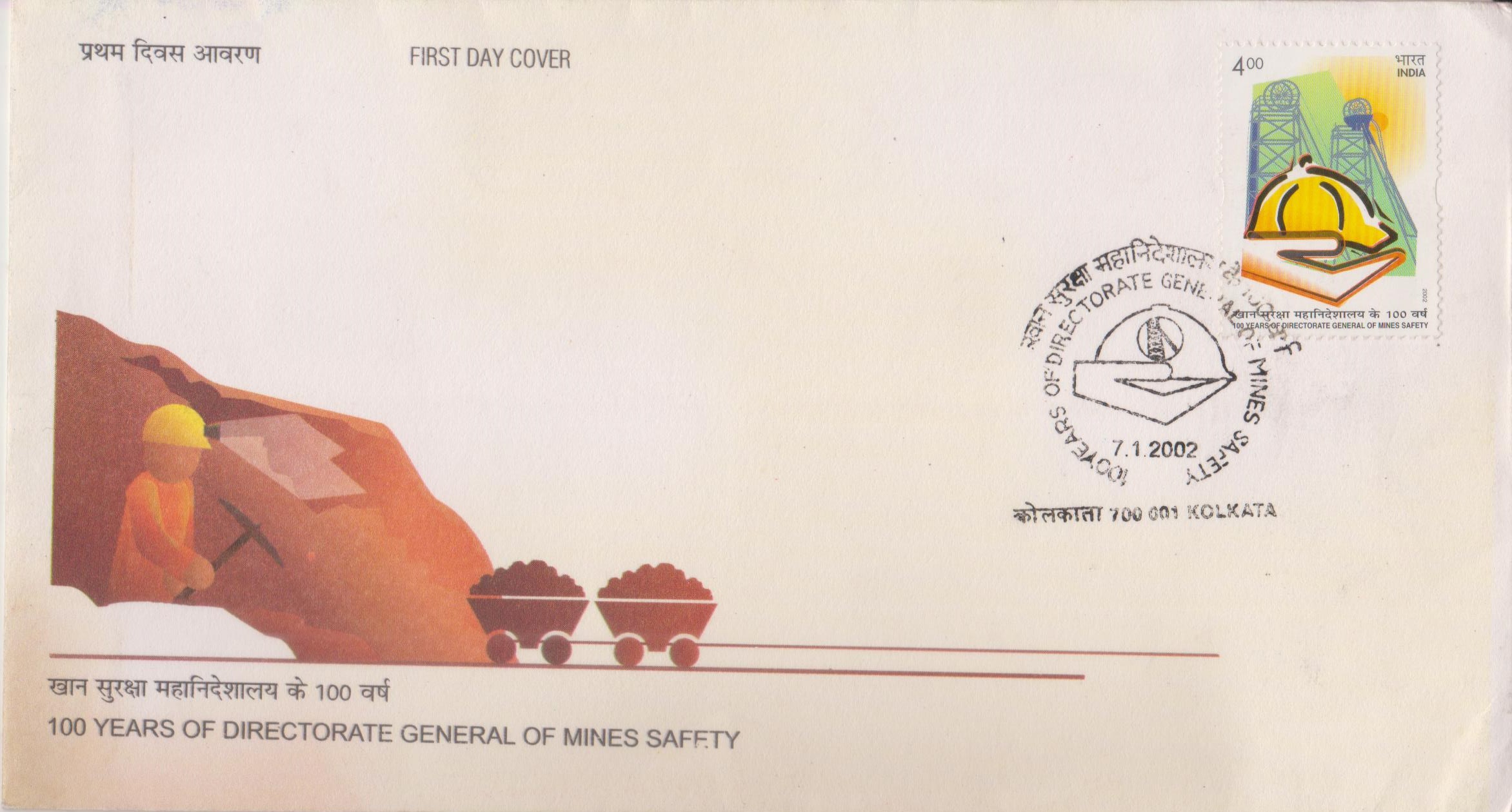
Directorate General of Mines Safety
A commemorative postage stamp on 100 years of the Directorate General of Mines Safety (DGMS), Ministry of Labour & Employment, Govt. of India, Dhanbad, Jharkhand :
 Issued by India
Issued by India
Issued on Jan 7, 2002
Issued for : The Department of Posts is happy to issue a postage stamp to commemorate the centenary of the Directorate General of Mines Safety.
Credits :
Stamp & FDC : Kamleshwar Singh
Cancellation : Alka Sharma
Type : First Day Cover
Colour : Four Colour
Denomination : 400 Paise
Overall size : 2.90 x 3.91 cms.
Printing size : 2.50 x 3.55 cms.
Perforation : 13.5 x 13.5 mm with elliptical hole on each 3.91 mm sides
Paper : Matt Chromo
Stamps Printed : 0.8 million
Number per issue sheet : 40
Printing Process : Photo Offset
Printer : Madras Security Printers Ltd.
About :
- The Directorate General of Mines Safety (DGMS), Dhanbad, a subordinate office of the Union Ministry of Labour is entrusted with the responsibility of ensuring safety, welfare and health of workers employed in mines.
- Mining has provided vital inputs for the tremendous technological and economic development achieved by humanity in modern times. The procedures involved in the actual extraction of minerals from the depth of the earth, however, continue to be tedious and hazardous, despite the concerned technologies having been refined many times over with the passage of time. Innumerable dangers loom large at every corner of the process and mining has rightly been deemed to be a war with the unpredictable forces of nature.
- The DGMS, originally called Bureau of Mines Inspection, was set up in 1902 with its headquarters at Calcutta. The headquarters was shifted to Dhanbad in 1908 and the organisation re-designated with its present name in 1967.
- At the headquarters of the DGMS, the Director General is assisted by staff officers who have specialisation in different disciplines like mining, electrical engineering, mechanical engineering, occupational health, law, survey statistics, administration and accounts. The field formations of the organisation have been grouped into six geographical zones and each zone, further divided into three or four regions/sub-regions. The country has about 600 coal mines, 6000 non-coal mines and 32 oil mines. Together they employ hundreds of thousands of workers. The total staff who deal with safety and health aspects in the different mines or the country number about 1100. In its hundred years of existence, the organisation has been closely associated with the policies and planning, research & development, education and other allied activities connected with the mining industry of the country. Keeping pace with the latest developments in mining technology and taking the circumstances of a developing nation into consideration, DGMS has developed skills and resources to achieve targets against many odds.
- The DGMS has been striving to reduce the risk of occupational diseases and casualties to mine workers by drafting appropriate legislation and laying down standards. In order to ensure compliance of these laws and standards, it has initiated a variety of awareness programmes. The vision of the DGMS is to ensure nationally acceptable and internationally comparable standards of health, safety and welfare for employees of Indian mines.
- Text : Based on material furnished by the sponsors.



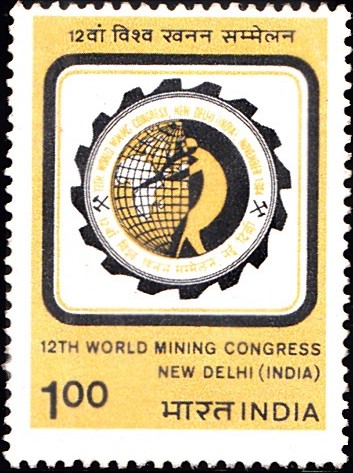
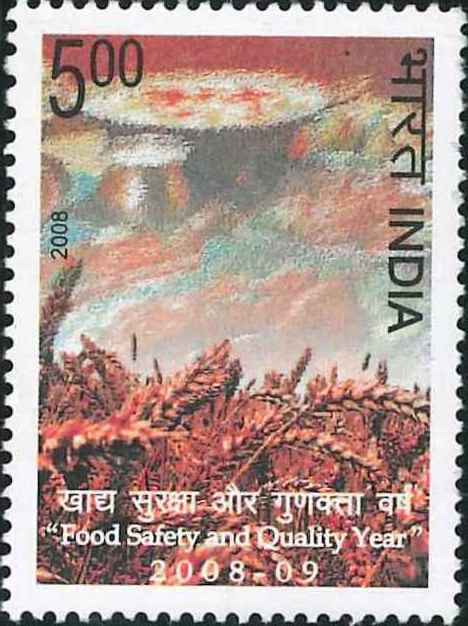
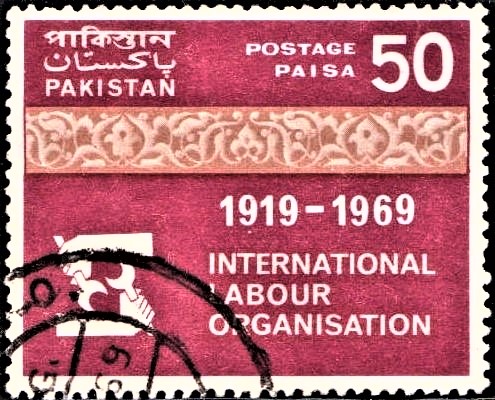

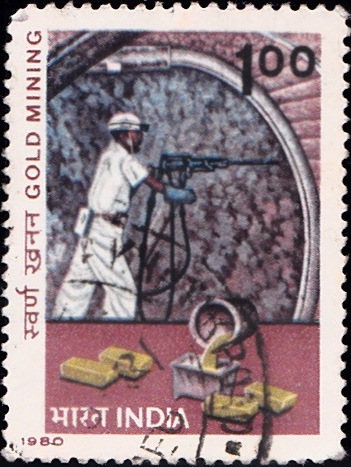
It was never Buruo of Mines Inspection. The office was of Chief Inspector of Mines in India.